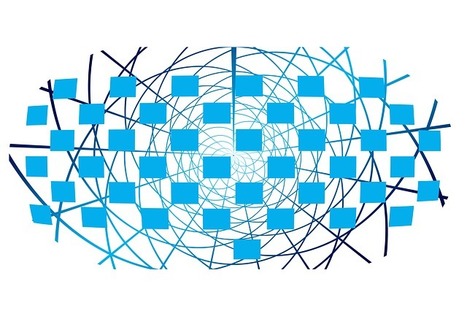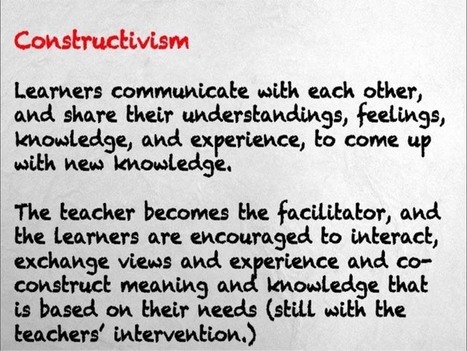The theory of Connectivism provides new insight into what it means to facilitate learning in the 21st Century. Those responsible for teaching and training need to incorporate instructional strategies that match learner expectations and the physical changes that technology has wrought on the human brain.
Via Nik Peachey



 Your new post is loading...
Your new post is loading...









Nice short article on the classroom implications of connectivism.